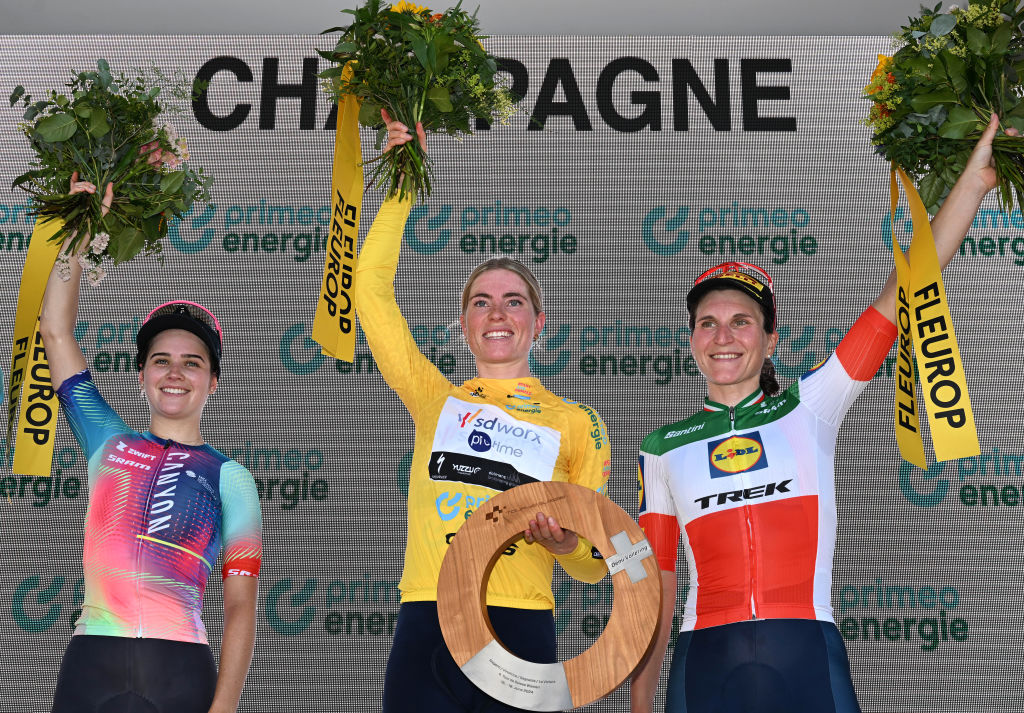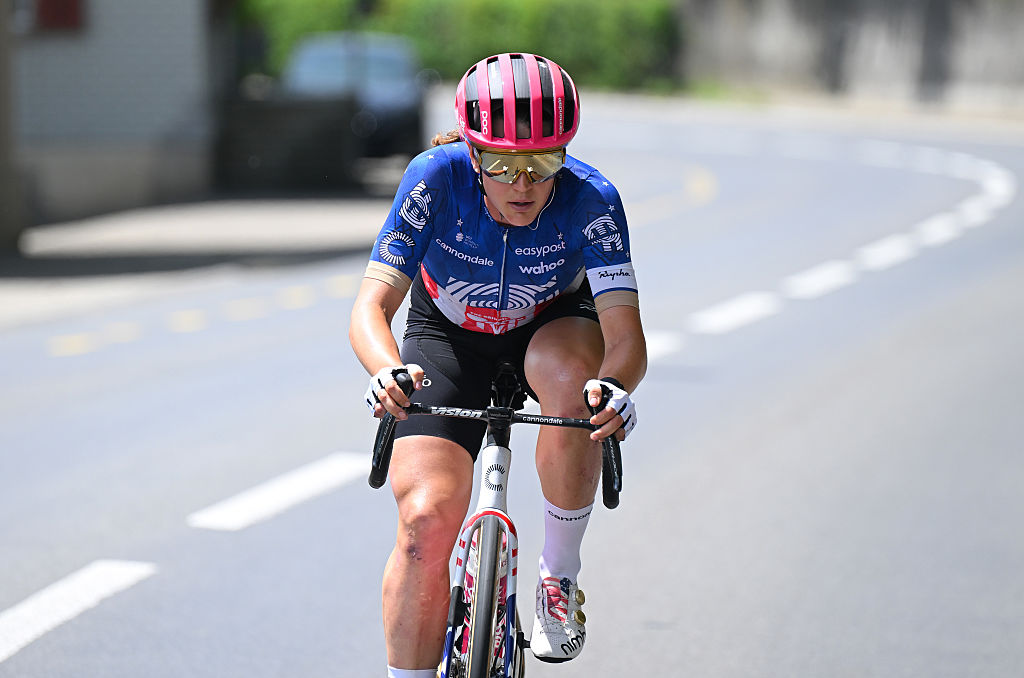;)
Rory McIlroy in the second round of the U.S. Open at Oakmont.
getty images
OAKMONT, Pa. — On the top-100 list of Great Pretentious Terms in Ye Olde Game, bifurcation has got to be in the top five, if not higher. Some notable golf people — Tiger Woods, for instance — have stated their objection to “bifurcation” in golf. In this ridiculous use of the word, it means one set of rules for elite pros, and another for the rest of us. “Let me tell you something,” Fred Perpall, the president of the USGA, said on Friday, as he stood in the shadows of the sprawling Oakmont Country Club clubhouse. “This game is bifurcated.”
If this 10th U.S. Open here, at this gorgeous golfing torture chamber, has proved anything, it is this: THEY DO NOT PLAY THE GAME WE PLAY!
(Please excuse the shouting, but this is getting personal.)
And since they do not play the game we play, and since the playing conditions they require to make 280 a meaningful four-round U.S. Open score have become so absurd, there really is only one solution: a golf ball for them, a few times a year. That’s what Fred Perpall wanted.
“That was our original intent,” Perpall said. “A ball for the elite male professional. But the PGA of America and the PGA Tour shot it down.”
The new ball, the 10-percent-shorter ball, was a compromise.
I would say, a poor one.
In 2033, when the U.S. Open returns to Oakmont, the most demanding of all the U.S. Open courses, it will be only longer, with heavier rough and faster greens, all in the name of preserving par as a meaningful score. Which is a worthy goal. Golf is just picking a poor way to get there. The rounds here are closer to six hours than five. Artistic genius has been pretty much absent.
I wish the ball manufacturers would not be so worried about the introduction of a special ball for special occasions. We ordinary golfers will still lose balls and buy shiny new ones at the exact same rate. If a ball maxed-out at 320 yards for Rory McIlroy and Bryson DeChambeau and the players who will eventually replace them, it would improve golf in every possible way, including the restoration of the 540-yard par-5 and the long par-3 at 240 yards, not 300.
Jason Day said the other day that the garden-variety 18-handicap golfer would shoot 150 at Oakmont, playing the course he and his elite brethren are playing. He wasn’t being funny. The only addendum I would add to that is this: if we could finish at all.
For us, the odds of pitching any shot from the greenside rough onto the green are low. The chance of needing only two putts on any of these wicked fast and undulating greens is lower yet. The two par-5s would be par-6s, or par-7s, for the vast majority of us. The two long par-3s are short, we-might-make-5 par-4s. A half-dozen of the par-4s are par-5s. Par for us would be 80. Really, way higher than that, because par is based on expectation of needing only two putts per green. No 18-handicapper is going to get around Oakmont with fewer than 45 putts, everything in the hole. Nope.
The PGA Tour has become a TV show. If the Tour wants to continue to play with the hot ball in ordinary events, it really doesn’t matter. The other tours, including LIV, the same. Ryder Cup, the same.
Phil Mickelson could have been modern-day Arnold Palmer. He chose another route
But the men’s majors are often played, and best played, at the most storied courses in the world. Their antiquity and history is a huge part of the appeal of these events. Augusta National. Pebble Beach. The Old Course. Royal Portrush, site of next month’s British Open. Oakmont, for sure. A 7,000-yard course, with more finesse demands, would make golf only more popular. I don’t hear any oohing and ahhing over monster drives anymore, at least not like there used to be when Tiger was in his 20s. That’s because everybody is super-human long. It’s not special. Major-championship golf is lesser for it.
It is easy to see officials at Augusta National (home of the Masters), the USGA (custodians of the U.S. Open) and the R&A (the British Open) getting behind such a ball. Maybe the PGA Tour would as well, for the Players Championship. If PGA of America officials, in deference to the organization’s membership, don’t want to get behind such a ball, I can understand that. But it would hurt their marquee event.
“I see this as incremental,” Perpall said on Friday. “We roll out this new ball, we gauge its effect, we go from there.”
I’m not holding much hope for the 2033 U.S. Open at Oakmont. I am more hopeful that the 2042 Open here, and the 2049 Oakmont Open, can be played on a shorter, faster-playing course that does not require so much water and seed and fertilizer and green speed to make 280 a meaningful Sunday-night score.
“Governance is hard,” Perpall said the other day, sitting beside Mike Whan at a USGA press conference. “No one likes to be governed, until we have to imagine a world without governance. These issues around distance, these issues around equipment regulation, they’re also issues around the sustainability of our sport. Bigger golf courses mean more expense and longer rounds. And that literally excludes more people.”
When the U.S. Open is at Oakmont and other courses in its class, when a British Open is at Portrush or Turnberry or Muirfield, when the Masters is (per custom!) at Augusta, when a PGA Championship is at Olympic (2028), the combination of course and event has the capacity to introduce millions of people to this great game. The Players Championship on the Stadium Course, the same. But not when the rounds are endless. Not when we cannot relate, at all, to the distances the pros are hitting it and the conditions under which they are playing.
Perpall and I talked for a long while, and then he ducked into the clubhouse, for a meeting with Jack Nicklaus and Johnny Miller. I’m not taking a thing away from what Brooks Koepka and Sam Burns and Adam Scott are trying to do this weekend. But if you look at what Nicklaus did here in the 1962 U.S. Open, and what Miller did here in the ’73 Open, with that mushy ball and those little driver heads, man alive is it beautiful. Golf is meant to be beautiful. These biggest-and-best stroke-play men’s golf events, whether there are three or four or five of them, come out of a dreamstate. When we can relate to what they’re doing, golf is better. A ball for the majors is not “bifurcation,” whatever that is. It’s actually its opposite.
;)
Michael Bamberger
Golf.com Contributor
Michael Bamberger writes for GOLF Magazine and GOLF.com. Before that, he spent nearly 23 years as senior writer for Sports Illustrated. After college, he worked as a newspaper reporter, first for the (Martha’s) Vineyard Gazette, later for The Philadelphia Inquirer. He has written a variety of books about golf and other subjects, the most recent of which is The Second Life of Tiger Woods. His magazine work has been featured in multiple editions of The Best American Sports Writing. He holds a U.S. patent on The E-Club, a utility golf club. In 2016, he was given the Donald Ross Award by the American Society of Golf Course Architects, the organization’s highest honor.


;)










